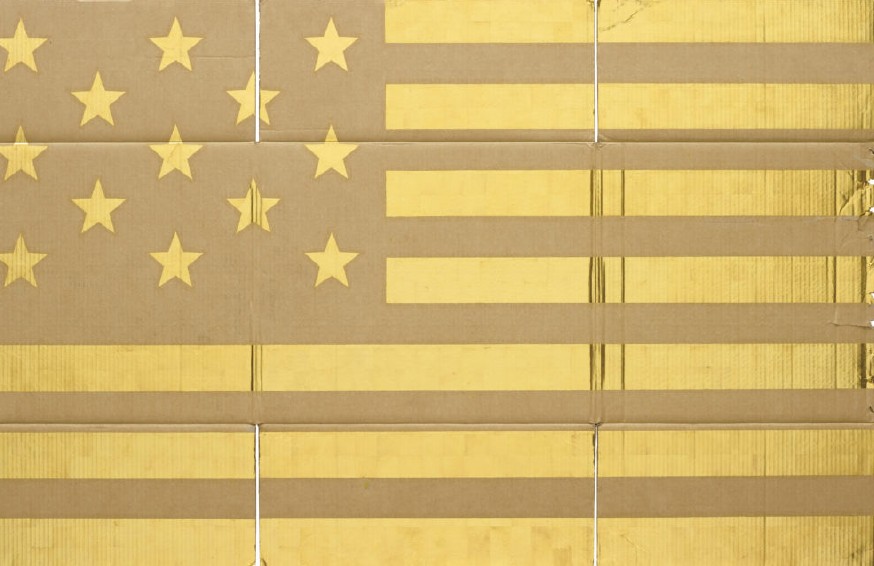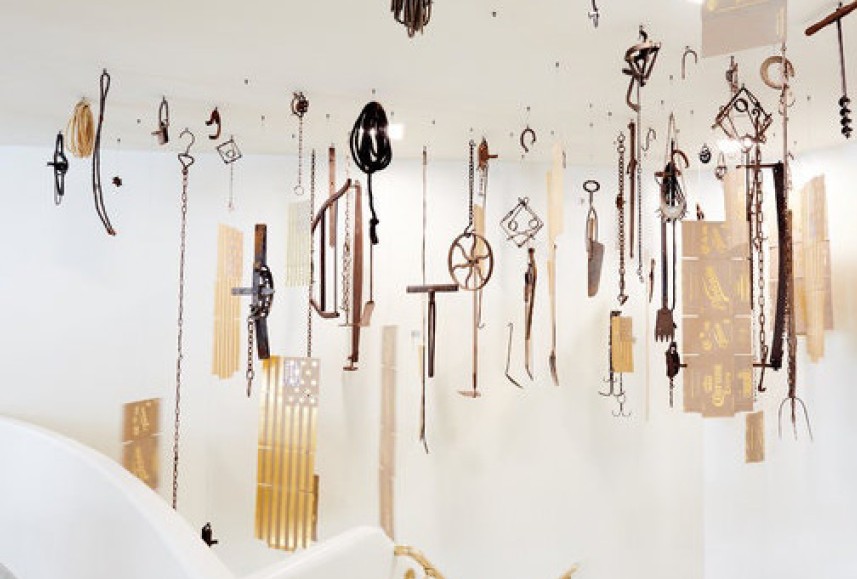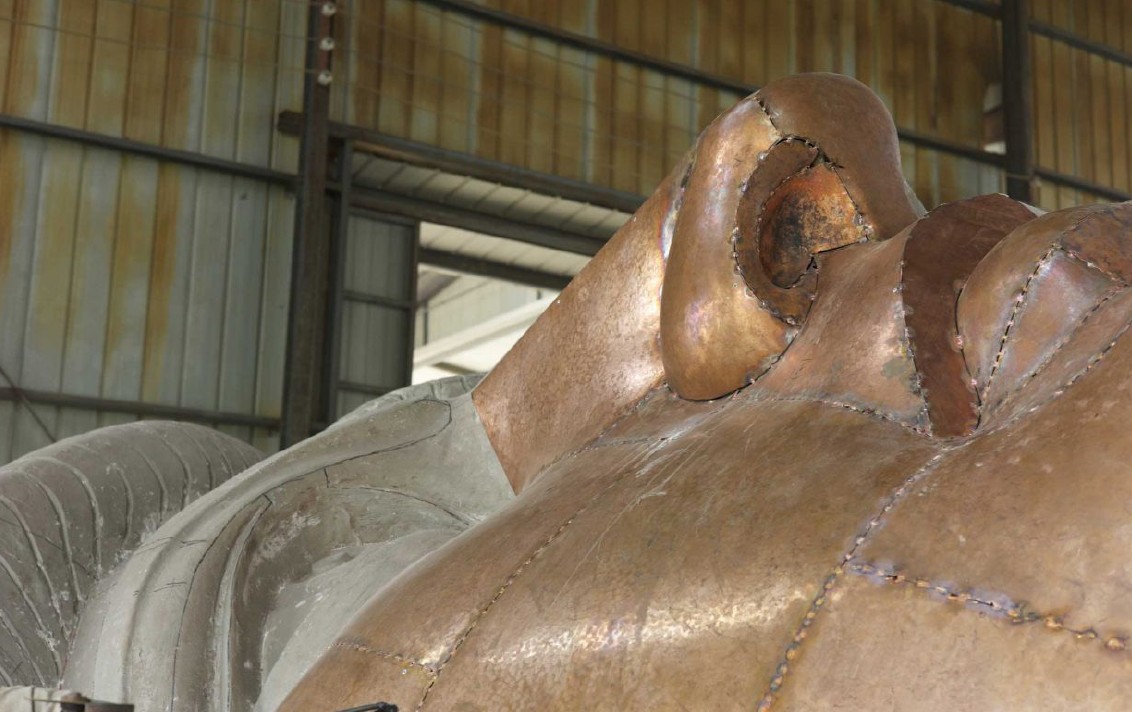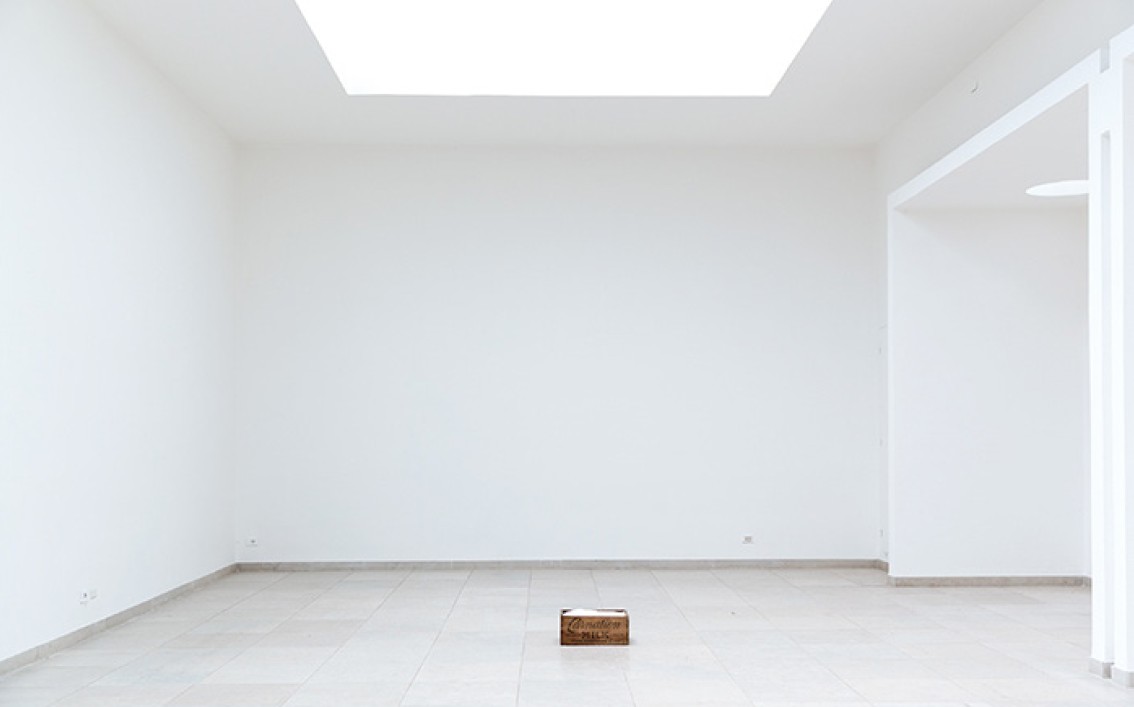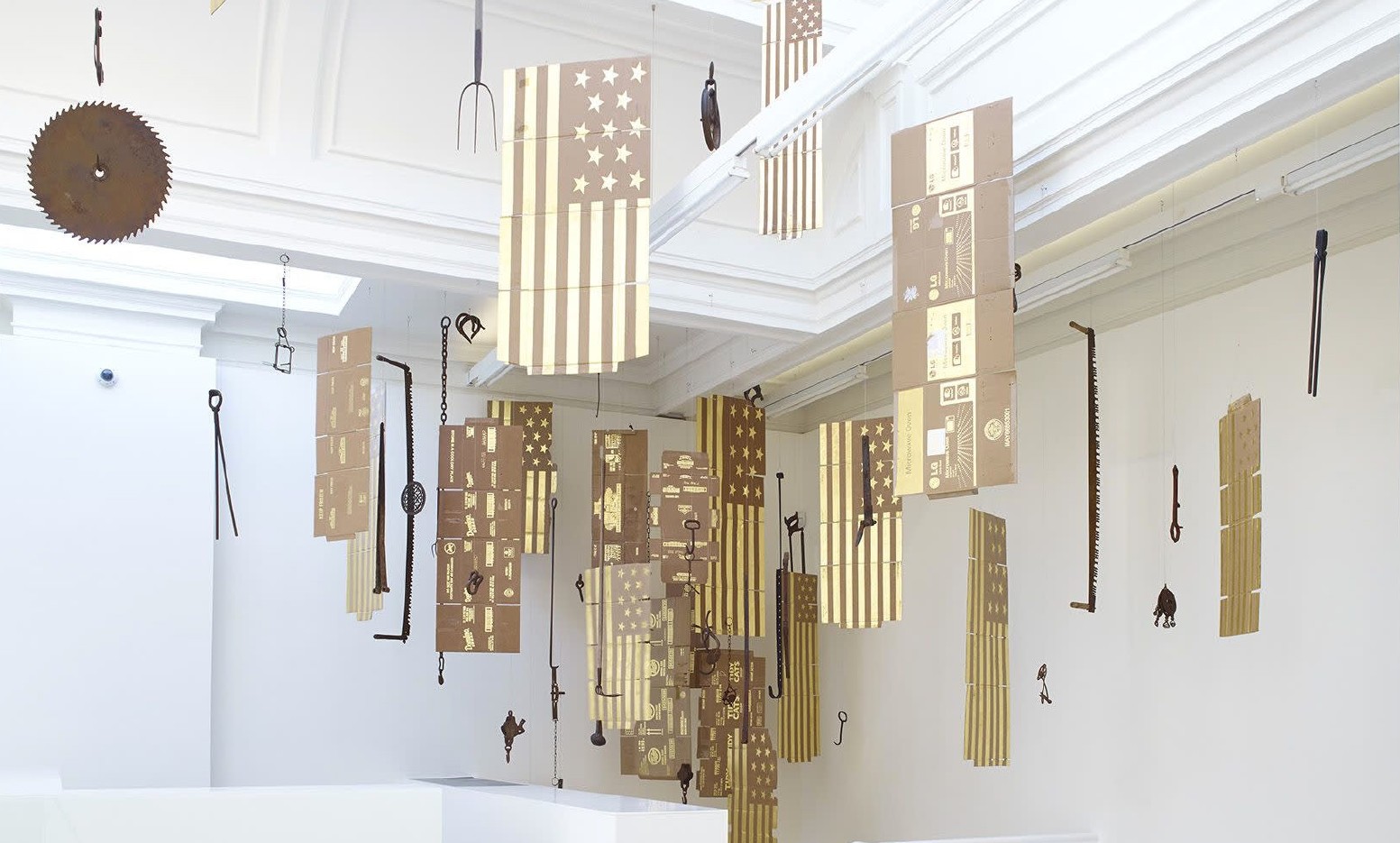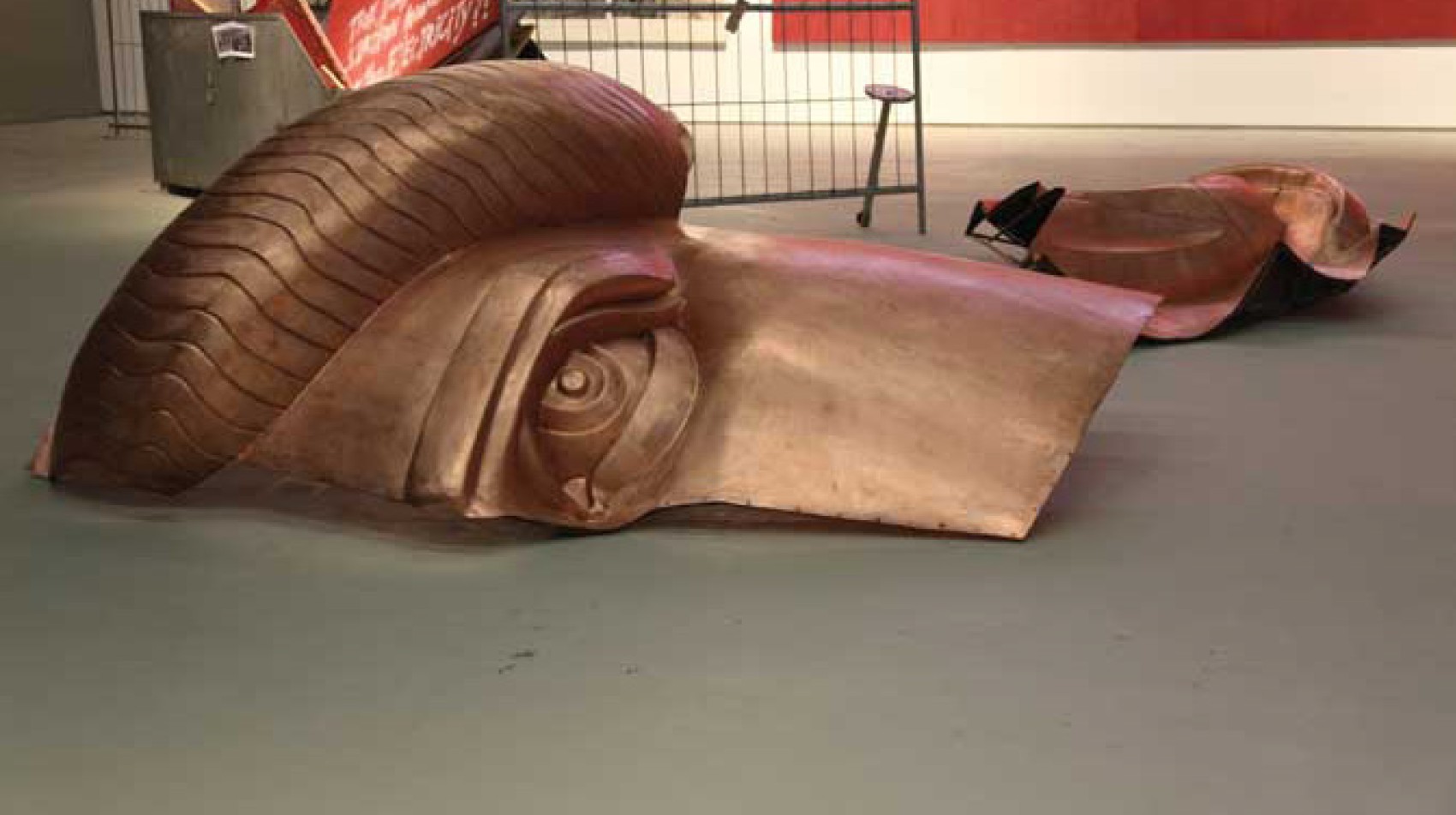Concert From Bangladesh
A mixed reality music concert taking audiences on an audio-visual journey through the history of Bangladesh
Concert From Bangladesh is a mixed reality music concert, using cutting edge technology to take audiences on a virtual audio-visual journey through Bangladesh’s past and present, encompassing mystical Baul singers from rural Kushtia, experimental electronics and hip hop from the streets of Dhaka. For this groundbreaking digital collaboration, UBIK Productions (London) and Samdani Art Foundation (Dhaka) commissioned acclaimed British-South Asian artist Shezad Dawood to imagine a virtual reality stage for a concert expanding on the 50-year legacy of Concert For Bangladesh–the original charity concert initiated by Ravi Shankar and George Harrison of Beatles’ fame, in aid of the relief effort and refugee crisis during the Bangladesh Liberation War of 1971. This iteration goes live online on 1 August 2021 and will take audiences on a journey through the history of Bangladesh through music and art. SOUTH SOUTH interviewed Founding Artistic Director of Samdani Art Foundation and co-curator for the concert, Diana Campbell.
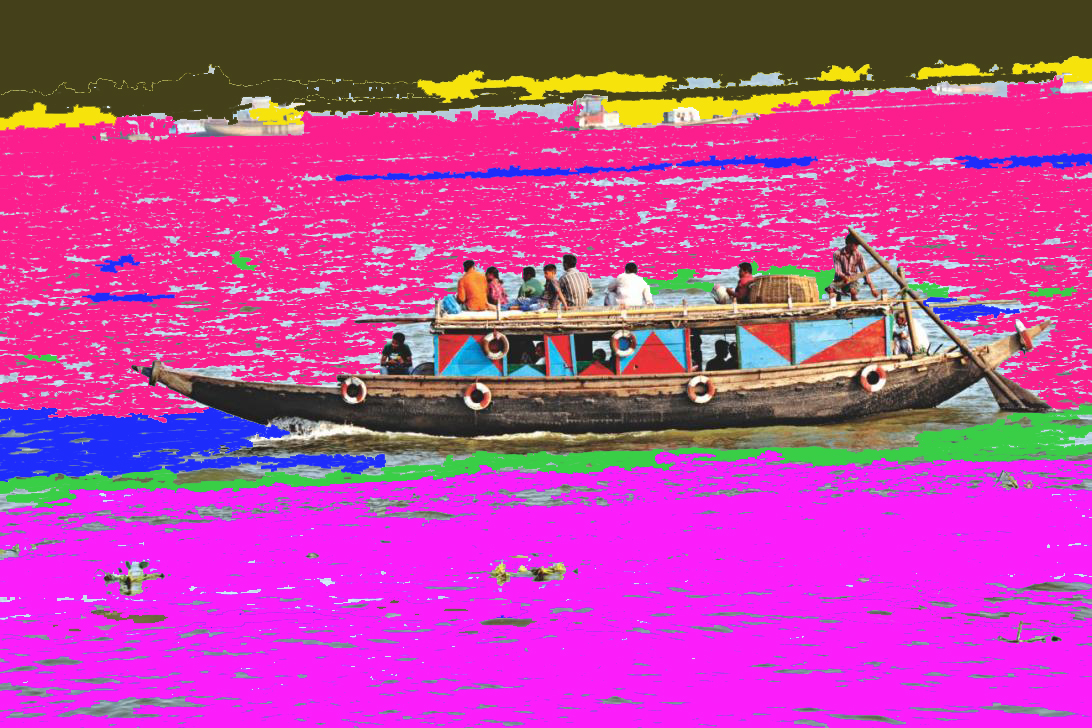
Shezad Dawood, Concert From Bangladesh – concept sketch, 2021. Courtesy of the artist and UBIK Productions.
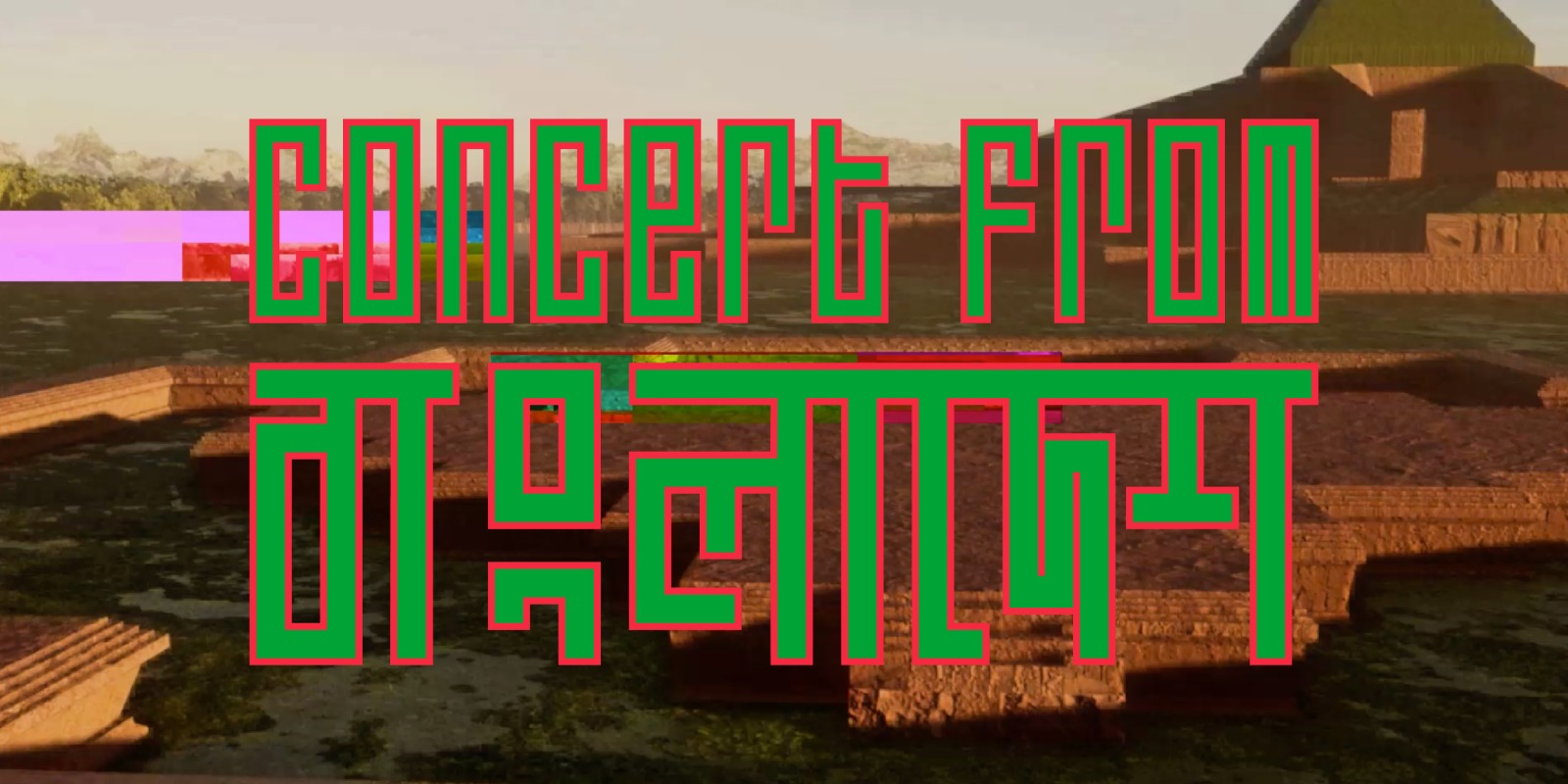
Shezad Dawood, Production Still from Concert From Bangladesh, 2021. Courtesy of the artist and UBIK Productions.
SOUTH SOUTH (SS): How would you describe your journey in the art world?
Diana Campbell (DC): I would describe it as an ongoing adventure of interdisciplinary transcultural multilingual collaborations that contribute to the creation of institutions to support artistic practices that don’t fit into any “single box” definition of what art is. I left New York in my mid-twenties to move to India for love, and most of my career and learnings along the way have been born from experience in the South, primarily in India, Bangladesh, and the Philippines, and more recently extending into the African and South American continent. While exhibition making is an important part of my practice, I have become increasingly interested in the last few years in the important activities that go in parallel to this, such as education and socially engaged artistic practices that don’t exist to be “shown” in an exhibition. I am always learning about new ways of doing things, and I currently am learning from my Bangladeshi collaborators researching local and historical forms of sharing culture that do not fall into frameworks like “biennales” – learning from these to build new ways of sharing art and culture now that the old templates of large-scale international exhibitions are falling and/or being revised. Artists continue to be and have always been my favorite people to think with as they imagine worlds (and works) that do not exist yet. Some curators build exhibitions primarily with artworks that already exist in the world, I primarily work with artworks that have yet to fully emerge from an artist’s imagination, sketch-book, or proposal, so everything is constantly in a state of becoming. I feel very fortunate to have the support of Nadia and Rajeeb Samdani and a growing list of international supporters to support visions that do not yet exist in the world, and to support their vision of developing an art institution increasingly rooted in Bangladesh even as it expands its international reach. In the midst of the pandemic, digital technologies allow us to do this.

Shezad Dawood, Concert From Bangladesh – concept sketch, 2021. Courtesy of the artist and UBIK Productions.
SS: Concert From Bangladesh is an audio-visual project that draws from traditional and contemporary sonic and visual histories. It is also an update of the 1971 iteration. Could you share more about the history behind this project and its significance as a digital audio-visual production grounded in Bangladeshi creative knowledge and practice?
DC: 2021 is an important year for Bangladesh. It is the country’s 50th anniversary, and when thinking about how to mark this, I thought about the Concert from Bangladesh which is also from 1971, a moment of music history shared and owned by the world, and a moment to celebrate when the words ‘Bangla Desh’ (as the country was then called before it even became a country) were brought onto the world’s lips through a song George Harrison wrote with the same name released a few days before the Concert for Bangladesh. Initially, we wanted to realize this concert in collaboration with the Harrison and Shankar families, but after we saw the kind of fee structures involved here (fees that would go to established Western musicians, not to Bangladesh), we had a realization that to celebrate the original Concert for Bangladesh did not really celebrate Bangladesh or send funds to Bangladesh. It rather reinforced the legacy of music outside of Bangladesh and the outdated imagery of “a Bangladesh that needed to be saved.” Looking at the imagery of the 1971 concert today, it is very outdated as we see a single starving Bangladeshi child on the album cover. 50 years later, while its people still face tremendous challenges, Bangladesh has a higher per capita GDP than Pakistan or India and has made remarkable development strides that do not entirely rely on funding from foreign NGOs. Using the digital technology of today, we are able to take viewers into the deep, beautiful, and complex history of Bangladesh through music and art. Shezad Dawood has researched the diversity of landscapes in the country and has worked with a team of coders to build a digital Bangladesh across its wetlands, archaeological sites, and contemporary life to restage how we consider the country and its culture today. I think international musicians have a lot to learn from Bangladeshi music, and I look forward to future collaborations with international musicians after the Bangladeshi ones in this project take center stage, building this into a bigger project that also responds to the complicated legacy of Live Aid, which barely included any African musicians in it.

Shezad Dawood, Production Still from Concert From Bangladesh, 2021. Courtesy of the artist and UBIK Productions.
Using the digital technology of today,
we are able to take viewers into
the deep, beautiful, and complex
history of Bangladesh through music and art.
SS: This is also a collaborative project. What were some of the key considerations that each collaborator wanted to highlight through their conceptual, curatorial and other creative input?
DC: We all learned tremendously from each other! The research into Bangladeshi musicians and the meaning behind the lyrics and the locations was realized with Ruxmini Reckvana Q Choudhury, my amazing assistant curator at Samdani Art Foundation, and Enayet Kabir who is a past Dhaka Art Summit collaborator and an incredible musician and producer himself. The Bangladesh team helped realize an in person shoot in Dhaka with the direction of UBIK Productions in London, who understands the wide range of possibilities with digital technology through their international network and collaborations. This was a very collaborative project and built through all of our ideas, and the work of the musicians and coders, coming together into the form of the concert. All of our roles were to amplify the sounds of Bangladeshi musicians so they can be heard on their own terms, and not as side acts or samples.
SS: British-South Asian artist Shezad Dawood was commissioned to create the virtual reality stage for the concert. Why do you think it was important to get him on board? Could you share some details about this virtual stage?
DC:
When I mentioned interdisciplinary artists that don’t fit into a singular box, Shezad Dawood would be one of these people. We have worked together before on interdisciplinary projects that reimagine and reframe Bangladesh at Frieze and at Dhaka Art Summit, and he was one of the first people I called to share the original concept idea for the Concert From Bangladesh. Interestingly, it was he who called me when he saw a British Council digital collaborations grant, and we teamed up and applied for this project together. Shezad has worked with building VR worlds before that consider transnational moments entangled in South Asian history, and he also has a keen interest in music and ecology, so our values and talents aligned well for this collaboration. One detail I can share from the virtual stage is that Shezad is also taking the gaze of the non-human into the picture, one section in the Sunderbans (a mangrove forest in Bangladesh) is shot from the perspective of a tiger stalking its prey.

Shezad Dawood, Production Still from Concert From Bangladesh, 2021. Courtesy of the artist and UBIK Productions.
Shezad has worked
with building VR worlds before
entangled in South Asian history,
and he also has a keen interest
in music and ecology,
so our values and talents aligned
well for this collaboration.
SS: Could you share more about the line up and what audiences can expect?
DC: The concert will take viewers on an expansive sonic journey spanning six centuries, beginning with renowned Baul singer Arif Baul accompanied by instrumental virtuosos Nazrul Islam, Saidur Rahman, and Sohel. This will be followed by a piece composed by Enayet and Nishit Dey exploring the shared musical language between Nazrul sangeet, classical raga and 90s jungle, by blending cutting edge electronic production and arrangements by Enayet, Provhat Rahman and Siaminium, with classical raga and Nazrul sangeet vocals by Meerashri Arshee and Moumita Haque, Bansuri flute by Jawaad Mustakim Al Muballig and sitar performance by Nishit Dey. The concert will end with the Bangladeshi hip hop duo Tabib Mahmud and 12-year-old Gully Boy Rana, whose socially engaged lyrics highlight some of the pressing issues the Concert aims to fundraise for.
Ss: Additional events will take place with Chisenhale Gallery (London), at Leeds City Varieties Music Hall (Leeds) and Srihatta Samdani Art Centre and Sculpture Park (Sylhet). What is the significance of these spaces and why was it important for these physical events to take place?
DC: August 1 marks the launch of the concert in digital space- but we want to take the concert on tour with live events, covid-permitting. Most concerts go on tour, and we started with areas that have large Bangladeshi populations. There will also be a live event at Pioneerworks in Brooklyn, New York on August 8th. We hope to have concerts all over the world, especially in the Global South in the future, accentuating the digital aspects of the piece with live performances.
You do not need VR goggles to experience the concert, you can watch It from any screen anywhere (I suggest using good headphones). If you use your phone or lift your phone up to the screen at particular times in the concert when QR codes appear, elements of Bangladesh will enter your room through an augmented reality function developed by Shezad and UBIK productions. The concert is just under 45 minutes long.

Shezad Dawood, Production Still from Concert From Bangladesh, 2021. Courtesy of the artist and UBIK Productions.
SS: Is there anything else you would like to mention about Concert From Bangladesh?
DC: This concert is a fundraising project to raise funds and awareness for climate refugees in Bangladesh as well as for the musicians participating in the project; funds are raised through the download of music and sales of custom merchandise. Shezad Dawood collaborated with Fraser Muggeridge Studio and No Sweat, two UK based institutions with long-term relationships with Bangladesh, to design merchandise for Concert From Bangladesh inspired by embroidery traditions in the country. The designs include symbols of tigers and Paharpur, which are anchored in Bangladeshi culture and the concert itself. All proceeds from the sales of merchandise will support the work of Friendship, an NGO supporting and empowering climate change refugees in Bangladesh, as well as the musicians who participated in this project. The organic tee and sweatshirt are produced in collaboration with No Sweat, a UK based anti-sweatshop campaign and clothing brand that partners with the garment factory, Oporajeo (meaning invincible in Bangla), a worker’s initiative in Bangladesh that emerged in the wake of the Rana Plaza tragedy to promote ethical factory practices as an alternative to sweatshops. The scarves are handwoven and hand-embroidered by women in the chars of Bangladesh (riverine islands made of silt which are vulnerable to flooding) through Friendship, and each scarf will therefore be unique and carry the traces of its maker. Merchandise will be produced on demand and mailed to buyers in late 2021.
For more information, to register for the concert and to check out the merchandise- visit the project’s institutional charity partner Pioneerworks’ listing of the project here.

Shezad Dawood, Production Still from Concert From Bangladesh, 2021. Courtesy of the artist and UBIK Productions.
CREDITS
Concert From Bangladesh is co-curated by Diana Campbell, Artistic Director of the Samdani Art Foundation (SAF), with Dhaka-born music producer and artist Enayet Kabir, together with assistant curators Ruxmini Choudhury and Shoummo Saha. The concept was developed by Campbell together with multiple collaborators including Shezad Dawood.
Click here to access the press release.
Click here to register for the concert.

